As the United States and China are racing to resume sending astronauts to the moon, NASA Administrator Bill Nelson is warning about the regime’s ambitions as Beijing sets to establish a permanent presence on the lunar surface.
He pointed to China’s actions in the South China Sea, a contested region where the communist regime has unlawfully constructed a network of artificial islands with military installations.
Nelson expressed concerns that China might try to limit access to the moon’s resource-rich areas from the United States and other nations seeking to explore the lunar surface.
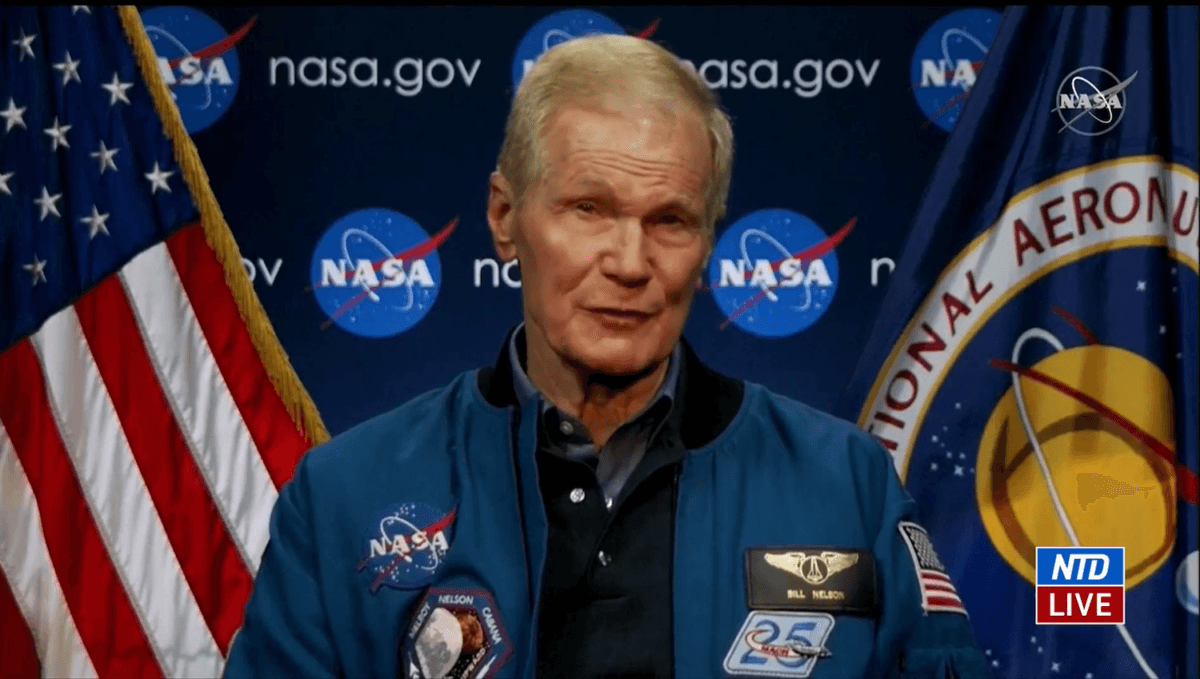
His position echoed that of Terry Virts, a former commander of the International Space Station and Space Shuttle and a retired Air Force colonel.
“There is potentially mischief China can do on the moon,” Virts told Politico. “If they set up infrastructure there they could potentially deny communications, for example. Having them there doesn’t make things easier. There is real concern about Chinese meddling.”
Virts said the competition between the United States and the Chinese communist regime has political and security dimensions.
“On one level, it is a political competition to show whose system works better,” he said. “What they really want is respect as the world’s top country. They want to be the dominant power on Earth, so going to the moon is a way to show their system is working. If they beat us back to the moon it shows they are better than us.”
With this success, the NASA chief is optimistic that the U.S. effort to get back to the moon first is on schedule.
According to Nelson, the next moon mission, Artemis II, is set to take place “within two years,” and “hopefully we can speed that up,” he said.
By 2024, a crew will be launched as part of the expedition.
Nelson pointed to $24.5 billion in funding that Congress has approved for NASA in fiscal 2023. Despite the fact that the appropriated amount was about half a billion dollars less than what President Joe Biden had requested, Nelson said the funding could still cover the essentials, as it represents an increase of more than 5 percent from last year.
China’s Leaps
“China within the last decade has had enormous success and advances,” he said. “It is also true that their date for landing on the moon keeps getting closer and closer,” based on the country’s announcements.“And there are only so many places on the south pole of the moon that are adequate for what we think, at this point, for harvesting water and so forth.”
It highlighted China’s capacity to not only set up a communications relay using a satellite that had been launched the year before between the Earth and the moon but also to land on the moon’s far side.
The study also revealed that China is getting better at producing space launch systems to enable more human space exploration.
When asked whether American astronauts will get back to the moon ahead of China, Nelson responded, “The good Lord willing.”
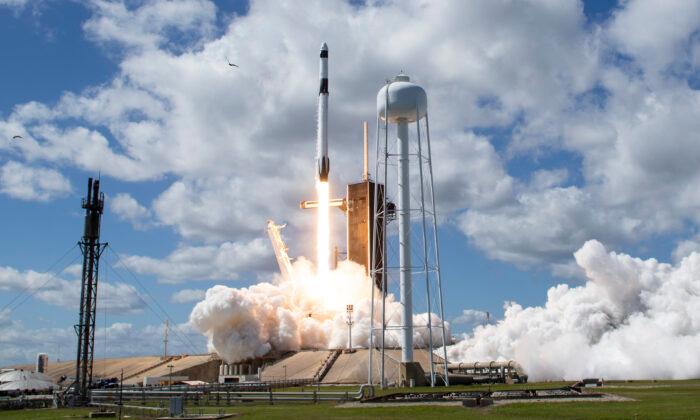
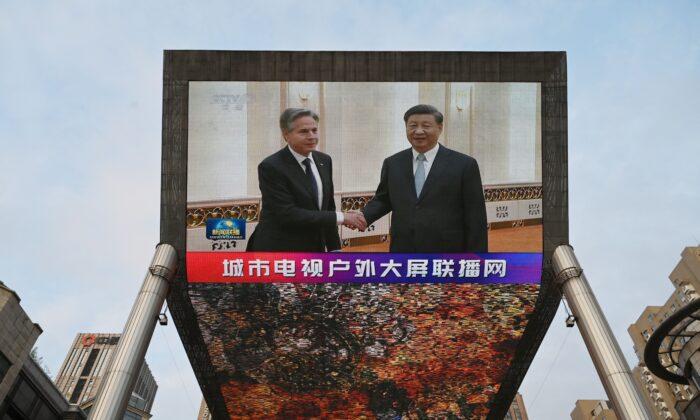
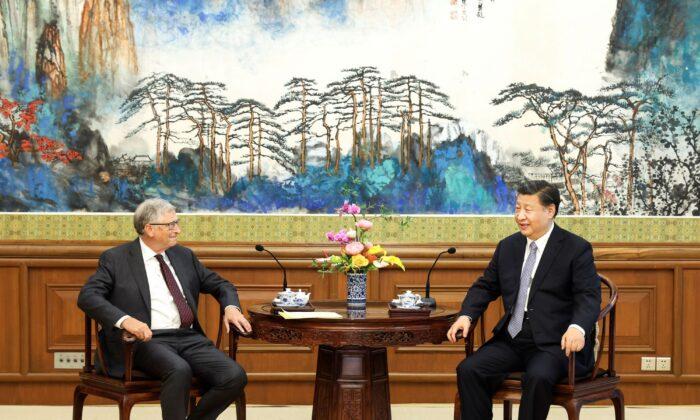
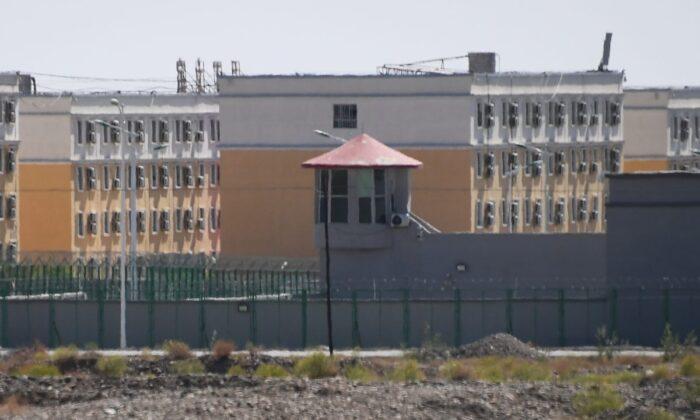
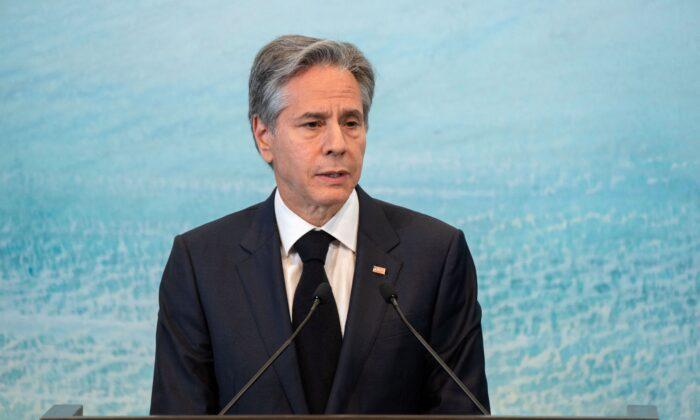
Friends Read Free